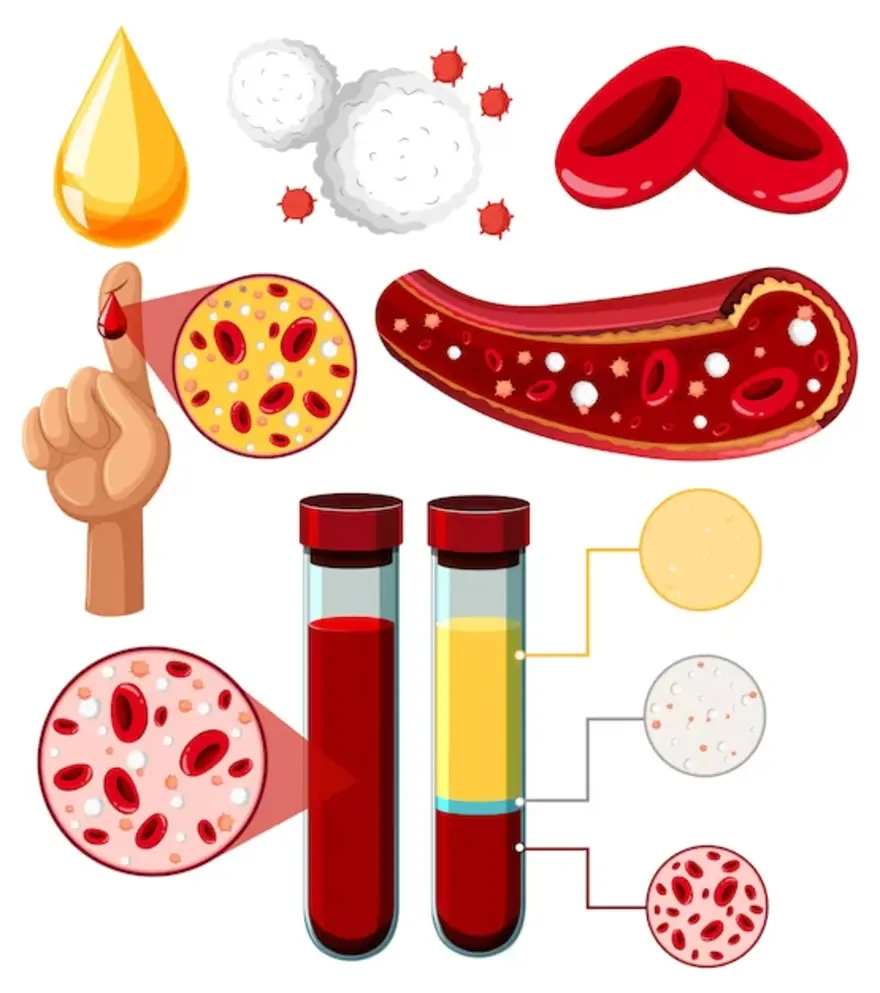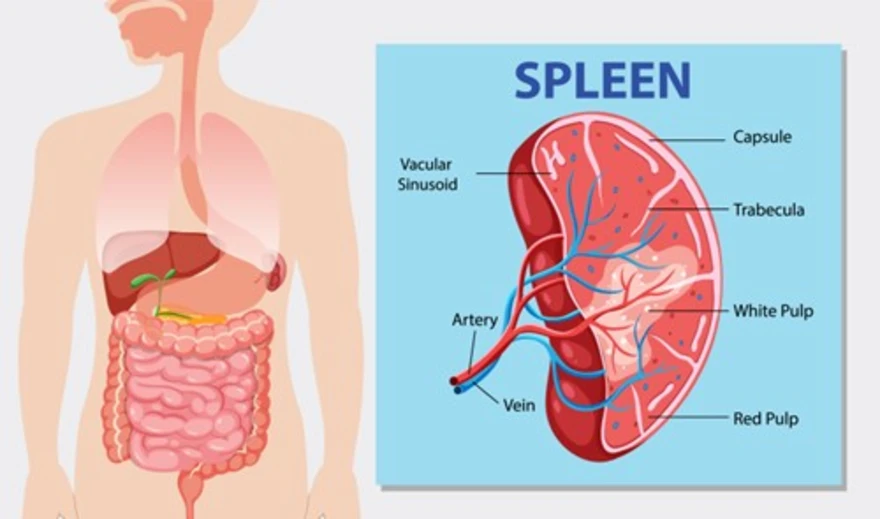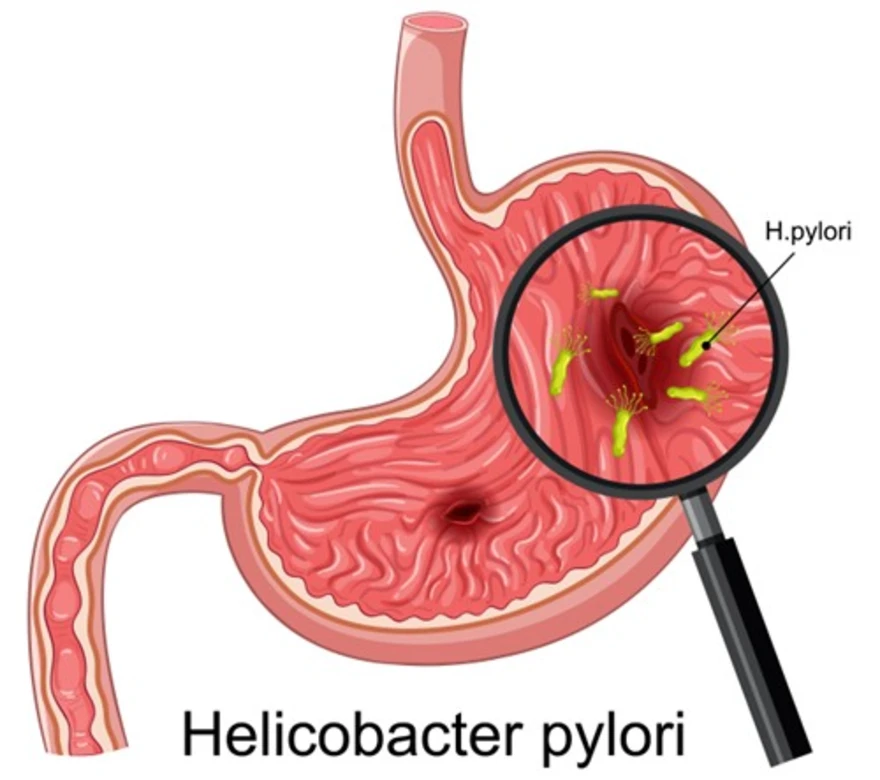Preventive Healthcare
Lip Ties: Causes, Symptoms, and Treatment

Table of Contents
All parents love their babies dearly and would go to any extent to ensure that they are healthy. But many times, your babies suffer from things you are not sure how to deal with. One severe condition that babies may suffer from is lip ties. It is a condition wherein a baby is unable to be breastfed properly because of unusually developed lips.
Let us dive deeper into the details and understand what a lip tie is and how this condition may affect your baby.
What is a Lip Tie?
To breastfeed rightly, your baby needs to coat its lips around the mother’s nipple and have the nipple completely in its mouth. When the frenulum on your baby's upper lip gets in the way of breastfeeding, it's called a lip tie. The frenulum can get thick or stiff, which makes it more challenging for your little one to move their upper lip enough to accommodate the nipple and safely latch on to an oral nipple.
There are a few reasons why your baby may have an upper lip tie. It can happen because the frenulum is thick or stiff, or it can happen because your baby’s upper lip is too large to move easily.
Symptoms of Lip Ties
When there is a condition called lip ties, both you and your baby can show symptoms. For this reason, it is also quite easy to diagnose this disease. Let’s see the major symptoms of lip ties that you can identify in your baby —
- The baby isn’t able to breathe properly during breastfeeding
- The weight of the baby isn’t increasing or increasing at a very slow rate
- The baby takes too much time to breastfeed
- The baby gets happier when drinking milk from a bottle
- The baby leaks some milk from the mouth while breastfeeding
- The baby makes clicking noises while breastfeeding
Symptoms of lip ties in mothers—
- There is engorgement after breastfeeding
- You may feel some pain while breastfeeding
- Your milk ducts are blocked
- You feel exhausted after breastfeeding
Causes of Lip Tie in Babies
Several conditions could cause newborn lip ties. These conditions include:
Ehlers-Danlos syndrome (EDS)
EDS is a group of inherited connective tissue disorders that affect the skin, blood vessels, and joints. They are caused by genetic mutations in one of several genes.
Infantile Hypertrophic Pyloric Stenosis
Infantile hypertrophic pyloric stenosis is a congenital disorder of the pylorus. It is a congenital disease that occurs in newborns and infants. This problem occurs when the muscular ring of the stomach does not close properly at birth.
Ellis-van Creveld Syndrome
Ellis-van Creveld syndrome is a rare genetic disorder that causes the lips to be abnormally small or large. The lips may appear to be sagging or even absent. This condition can affect both males and females, but it occurs more frequently in boys.
Holoprosencephaly syndrome (HPS)
HPS is a rare chromosomal disorder that causes birth defects. It affects the regulation of the brain and nervous system, causing malformations of the central nervous system.
Oro-facial-digital syndrome (OFDS)
OFDS is a rare and complex disorder that affects the development of the face, hands, and feet. It can cause lip ties in babies, as well as other facial abnormalities such as cleft lips and palates.
Diagnosis of Upper Lip Ties
If you are experiencing any of the above-discussed symptoms, you must consult a doctor. If you are confused about which specialist to consult, here it is:
- Lactation expert for breastfeeding mothers
- A dentist who specialises in lip ties correction
- A newborn specialist or paediatrician
To diagnose newborn lip ties, the baby specialist will do a normal physical check-up to examine the movement of your baby’s lips and check for any unusual lip attachments in the mouth by looking under your baby's lips.
Diagnosis for lip ties also includes the doctor examining you breastfeeding your baby to check your baby’s behavior and way of drinking the breast milk.
Based on the severity of your baby’s lip tie condition, the condition may be classified into four levels of lip tie —
- Level 1 – Mucosal
- Level 2 – Gingival
- Level 3 – Papillary
- Level 4 – Papilla Penetrating
Lip ties can also be found in older children or even adults who might develop more severe lip tie problems later in life. To diagnose the condition, the dental specialist may conduct a normal dental check-up.
Know About: Double Marker Test For Pregnancy
Treatment for Lip Ties
Frenectomy is used to treat lip ties. Lip ties are common and can cause a child to drool excessively. The frenum is the tissue that connects the two sides of the mouth, and it can get caught on clothing or in hair.
In most cases, this procedure is performed under general anaesthesia when the child is asleep. Your doctor will trim the frenum using a scalpel or scissors. They will use an antibiotic ointment to prevent infection and numb the area before cutting it away completely with scissors or clippers.
Parting Words
Lip ties in babies occur as a common issue in India. However, in most cases, if left untreated, it can cause more severe lip-tie problems later in life. Tongue and lip ties can cause problems with breastfeeding, speech development, and difficulty with eating. Also, it is important to note that lip ties are not caused by anything that you, as a mother, have done or not done, and they are not related to breastfeeding success.
If you or your baby are experiencing any of the lip tie symptoms, it is highly recommended that you consult a doctor soon to ensure good health for both you and your baby. Such conditions should not be neglected, and treatment procedures should be started at the earliest.


























